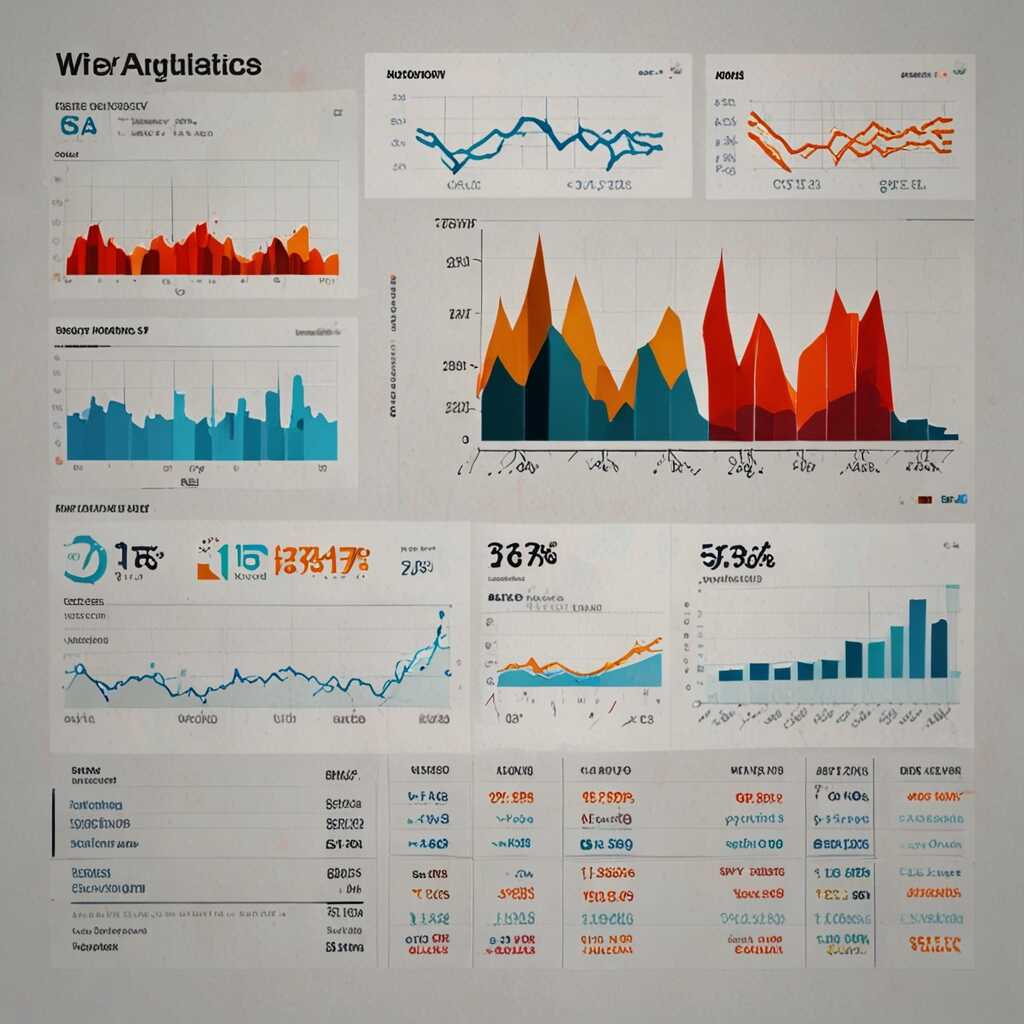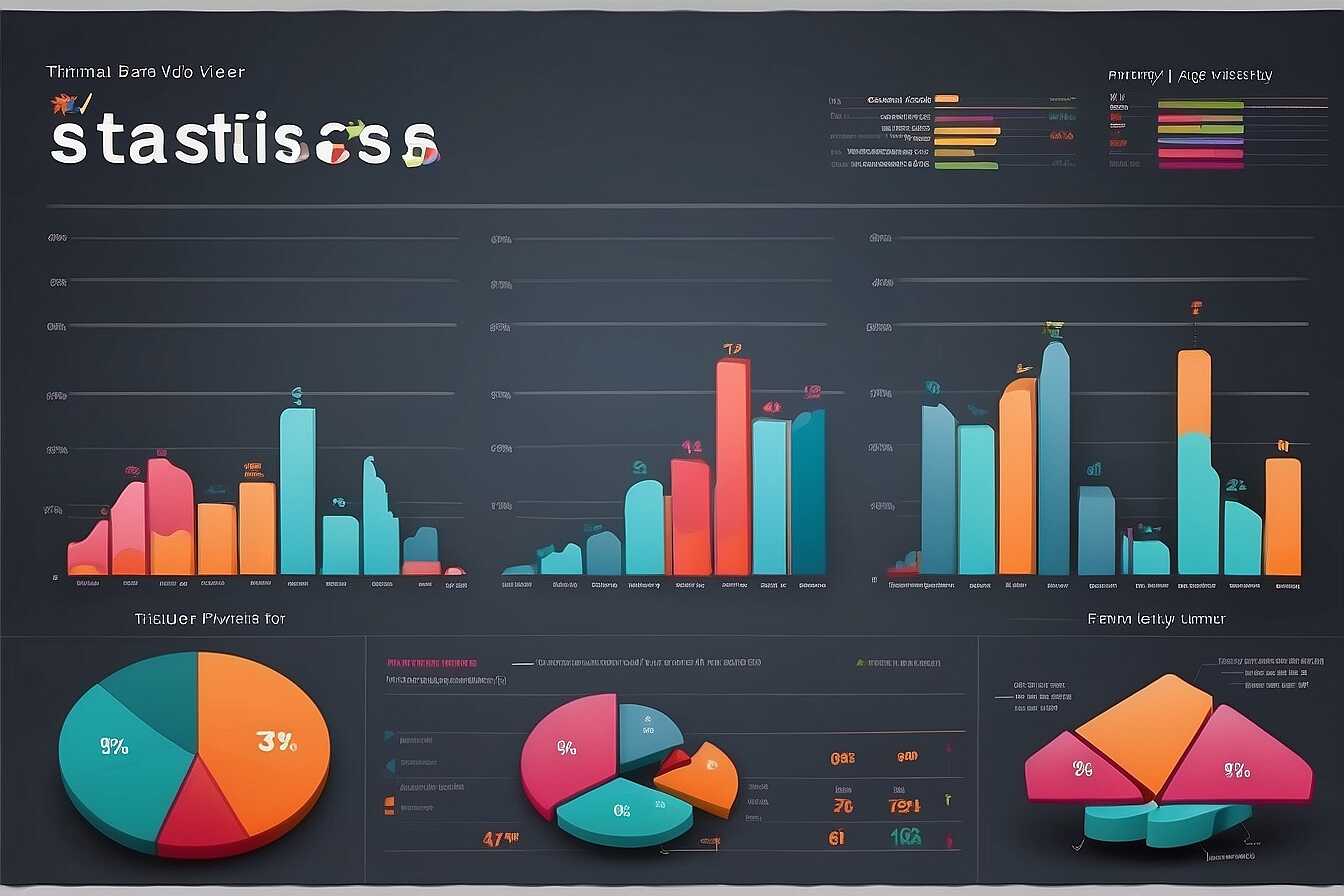How site speed influences visitor bounce rates is crucial for any website’s success. A slow-loading site can quickly drive away potential customers, negatively affecting user retention and engagement. At Metrics Rule, we understand that improving site performance is essential for reducing bounce rates and keeping visitors on your page. With our expertise in SEO and technical optimization, we can help you enhance your website’s speed and overall user experience.
Defining Site Speed and Bounce Rates in Digital Marketing
Site speed refers to how quickly a web page loads when a user clicks on it. It is crucial for websites since faster loading times enhance user experience and engagement. A slow site can frustrate users, leading to higher bounce rates, which measure the percentage of visitors who leave a webpage without interacting. Bounce rates relate closely to site speed, as research shows that a one-second delay can reduce conversions significantly. For e-commerce websites, a reliable site speed is essential, as even minor delays can deter potential customers and affect overall revenue.
Understanding Bounce Rates and Their Impact on Engagement
Bounce rates are a key performance indicator that significantly impacts user engagement and website effectiveness. High bounce rates often indicate that users do not find what they are looking for, which can lead to lost opportunities, especially for e-commerce platforms. To enhance user experience and reduce bounce rates, businesses should focus on improving site speed and overall content quality. Regularly reviewing bounce rate data allows web developers and SEO professionals to identify issues, optimize site performance, and implement strategies designed to engage visitors effectively. This focus on user engagement not only boosts visitor retention but also improves rankings in search engines like Google and Bing, making it a vital aspect of digital marketing strategies.
Understanding the Link Between Load Speed and User Engagement
Website load speed significantly influences user behavior and engagement. Research shows that even a one-second delay can lead to a 7% reduction in conversions. This means a slower site can decrease user retention and increase bounce rates. Users tend to leave a website that takes more than 3 seconds to load, contributing to a loss of visitors, especially in e-commerce. Ensuring your site is fast and efficient enhances user experience and keeps visitors engaged longer. Poor load speed has a proven link to lower time spent on the site, which further penalizes your SEO rankings.
Specific Factors Impacting Bounce Rates Due to Load Speed
Several specific factors impact bounce rates related to load speed. First, images that are not optimized can slow down load speed drastically. When users experience lag while navigating, it leads to frustration and reduced engagement. Secondly, server response times contribute to overall loading efficiency. Research indicates that reliable hosting can improve load times, which directly boosts user satisfaction. Additionally, mobile users are particularly sensitive to delays; speed optimization is essential for mobile responsiveness. Websites that load quickly offer a seamless experience that keeps users returning.

Factors that Affect Your Website’s Speed Performance
Key components that influence website speed include server performance, image optimization, and unnecessary scripts. Server performance is crucial because a reliable, fast server can enhance loading times significantly. Image optimization involves compressing and resizing images without losing quality, which reduces loading times. Unnecessary scripts can slow down performance, so identifying and removing them is essential. Together, these factors greatly influence user experience and can directly affect bounce rates.
Importance of Image Optimization for Website Speed
Image optimization is vital in enhancing website speed performance. Large images can significantly slow down your site, causing higher bounce rates. To optimize images, consider using tools that compress and convert them into appropriate formats, such as WebP. This format provides excellent quality while maintaining lower file sizes. Moreover, resizing images to fit screens, especially on mobile devices, ensures seamless loading. Research shows that images can account for a large portion of your website’s total loading time, making this an essential area for website owners in Vancouver to focus on for better SEO performance.
Key Statistics Highlighting Page Load Durations
- 40% of visitors leave a site that takes more than 3 seconds to load.
- 53% of mobile users abandon sites that take over 3 seconds.
- 1 second delay reduces customer satisfaction by 16%.
- Google recommends loading pages in under 2 seconds for optimal engagement.
- Pages that load within 2.4 seconds have the best chance of keeping visitors.
- Each additional second of load time can reduce conversion rates by 7%.
- Fast-loading sites can improve bounce rates by up to 30%.

Consequences of High Bounce Rates for SEO Performance
High bounce rates can significantly harm your website’s SEO rankings. Search engines, like Google, assess user engagement when determining search result positions. A high bounce rate indicates to search engines that visitors do not find your content useful, which may cause a drop in rankings. Factors such as irrelevant content, long loading times, and poor user experience can contribute to increased bounce rates. Research shows that a bounce rate above 70% could lead to reduced organic traffic. Improving site performance by optimizing load times and ensuring relevant content can help decrease bounce rates and enhance overall user engagement.
Understanding User Engagement and Bounce Rates
Understanding user engagement is essential for maintaining low bounce rates. Engaging content, relevant keywords, and quick loading times are critical for keeping visitors interested. When your site provides valuable information that quickly meets user needs, visitors are more likely to stay and explore. For instance, optimizing images and using efficient code can lead to faster loading times, which enhances the user experience. This optimized performance directly impacts SEO rankings positively. Therefore, improving user engagement through targeted strategies is crucial for maintaining a favorable bounce rate.

Tools for Measuring Your Website’s Speed Effectively
To effectively measure your website speed, consider using tools like Google PageSpeed Insights, GTmetrix, and Pingdom. Google PageSpeed Insights provides a detailed report of your website’s performance, focusing on both mobile and desktop views. GTmetrix offers a comprehensive analysis, including load times and performance scores, while Pingdom allows you to test from various locations worldwide. When selecting a speed testing tool, compare features such as test duration, historical performance comparisons, and user-experience metrics. By understanding this data, you can make evidence-based improvements to enhance your website’s performance and reduce bounce rates. In 2025, it’s essential to aim for a page load time of under three seconds.
Key Features of Top Website Speed Testing Tools
When evaluating top website speed testing tools, focus on their reliability and efficiency in providing detailed reports. Look for features that include waterfall charts, which display the loading sequence of different elements on your webpage. This helps identify which resources are slowing down your website. Additionally, consider tools that offer real-time monitoring and alerts to proactively manage your site’s speed. The best tools will also include recommendations for optimization based on your unique performance data. Ensuring you have comprehensive insights enables targeted adjustments, improving both the user experience and search engine rankings, particularly in competitive markets like e-commerce in Vancouver.
Advantages of Optimizing Load Times for Websites
- Faster load times lead to higher user satisfaction overall.
- Improved efficiency helps keep visitors engaged and reduces bounce rates.
- Better site speed enhances mobile user experiences significantly.
- Fast sites often rank higher in search engine results due to better performance.
- Quick-loading pages can increase conversion rates and sales or leads.
- Improved speed can decrease website abandonment rates effectively.
- Optimized load times enhance user trust and brand reputation tremendously.

Actionable Strategies to Enhance Site Speed
To optimize site speed, focus on essential techniques like image compression, enabling browser caching, and minimizing HTTP requests. Image compression reduces file size without losing quality. Use tools like TinyPNG or JPEGmini to compress images effectively. Enabling browser caching allows returning visitors to load your site faster. Configure your web server to set up expiration dates for cached resources. Additionally, consider reducing the number of HTTP requests by combining CSS and JavaScript files, which enhances performance and user experience. Testing your site speed with performance testing tools like Google PageSpeed Insights or GTmetrix provides data on your site’s loading time, helping you make informed improvements.
Tools to Test and Analyze Site Speed
Using reliable tools to test and analyze site speed is crucial for effective optimization. Google PageSpeed Insights offers in-depth analysis and actionable suggestions tailored to your site. GTmetrix provides a comprehensive performance report, including loading time and total page requests. These tools reveal essential metrics and help pinpoint areas for improvement. Incorporating data from these tests ensures you make informed decisions that lead to better site performance, ultimately enhancing user experience and reducing bounce rates. Remember to regularly test your site speed, as consistent evaluations allow you to maintain optimal performance standards.
Importance of Mobile Optimization for User Retention
Mobile optimization significantly impacts bounce rates for websites. A fast-loading mobile site provides a seamless user experience, reducing the likelihood of visitors leaving your site. Effective responsive design practices enhance mobile user experience by ensuring content adjusts to various screen sizes, making navigation effortless. By 2025, mobile websites should ideally aim for a loading speed of under three seconds to meet user expectations and improve overall site performance.
Responsive Design Techniques for Enhanced Mobile Experience
Responsive design techniques are essential to ensuring an excellent mobile experience. These techniques may include fluid grids, flexible images, and CSS media queries. Fluid grids allow developers to size elements in relative units rather than fixed sizes, enabling smoother scaling on various devices. Flexible images automatically resize to fit the screen, ensuring content looks great on any mobile device. Moreover, CSS media queries enable different styles depending on the device’s screen size. These practices help site owners achieve faster load times and better user engagement, thus minimizing bounce rates.
Comparative Analysis of Leading Web Performance Tools
- Pingdom: Offers great speed test services but can be pricey for small businesses.
- GTmetrix: Provides detailed analyses but may overwhelm beginners with data.
- Google PageSpeed Insights: Gives actionable insights but might not cover all metrics.
- WebPageTest: Offers extensive testing options but requires more user knowledge.
- Cloudflare: Improve site loading time effectively but comes with a learning curve.
- New Relic: Excellent for performance monitoring but may be complex for non-tech users.
- Fastly: Great for content delivery but could be costly for startups to implement.
Success Stories in Site Speed Improvement and Bounce Reduction
Several case studies illustrate the powerful impact of site speed on bounce rates. For instance, a leading e-commerce retailer improved their load time from 5 seconds to under 2 seconds. This change led to a 40% decrease in bounce rates within just a few weeks. The optimization strategies employed included compressing images, leveraging browser caching, and minimizing JavaScript. Another successful example is a local Vancouver business that enhanced their website’s reliability by reducing server response times, resulting in a 25% drop in bounce rates. These examples demonstrate that strategic site speed enhancements can significantly improve user retention and overall performance.
Effective Speed Optimization Techniques Proven to Reduce Bounce Rates
Implementing effective speed optimization techniques is essential for businesses looking to reduce bounce rates. Techniques such as lazy loading, which defers the loading of images until they’re needed, can significantly enhance performance. Additionally, utilizing content delivery networks (CDNs) ensures content is delivered rapidly to users regardless of their location. A mix of front-end and back-end optimizations, like reducing HTTP requests and optimizing CSS, can further improve loading times. Research shows that even a one-second delay can increase bounce rates by over 7%. Investing in these strategies not only boosts speed but also ensures a better customer experience, which is vital for retaining users.
